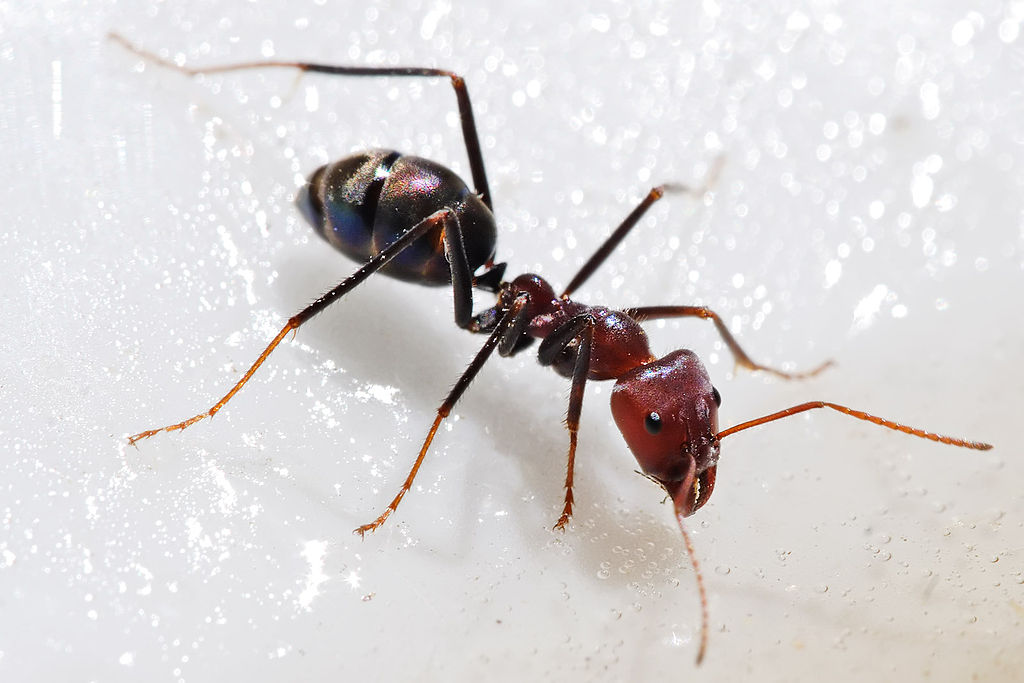Picture this: you’re peacefully sipping your morning coffee when suddenly, a tiny black line catches your eye marching across your kitchen counter. Your heart sinks as you realize you’ve just spotted the advance scouts of what could become a full-blown ant invasion. But here’s the thing that most people don’t realize—not all ants are created equal, and identifying the specific species can be the difference between a minor inconvenience and a major headache.
The Sneaky Sugar Ant: Your Kitchen’s Most Persistent Visitor
Sugar ants, scientifically known as Camponotus consobrinus, are perhaps the most recognizable home invaders you’ll encounter. These small, dark-colored ants measure about 2-3 millimeters in length and have an almost magnetic attraction to anything sweet in your kitchen. What makes sugar ants particularly frustrating is their incredible persistence and organization. Once they’ve discovered a food source, they’ll create pheromone trails that can bring hundreds of their colony mates marching in perfect formation. You might notice them forming those infamous “ant highways” across your countertops, especially during warmer months when their activity peaks. The key to identifying sugar ants lies in their behavior rather than just their appearance. They move in distinctive trails, are most active during daylight hours, and show a clear preference for sugary substances over protein-based foods. Their colonies can contain thousands of workers, which explains why eliminating them often feels like an uphill battle.
Carpenter Ants: The Silent Destroyers of Your Home’s Structure
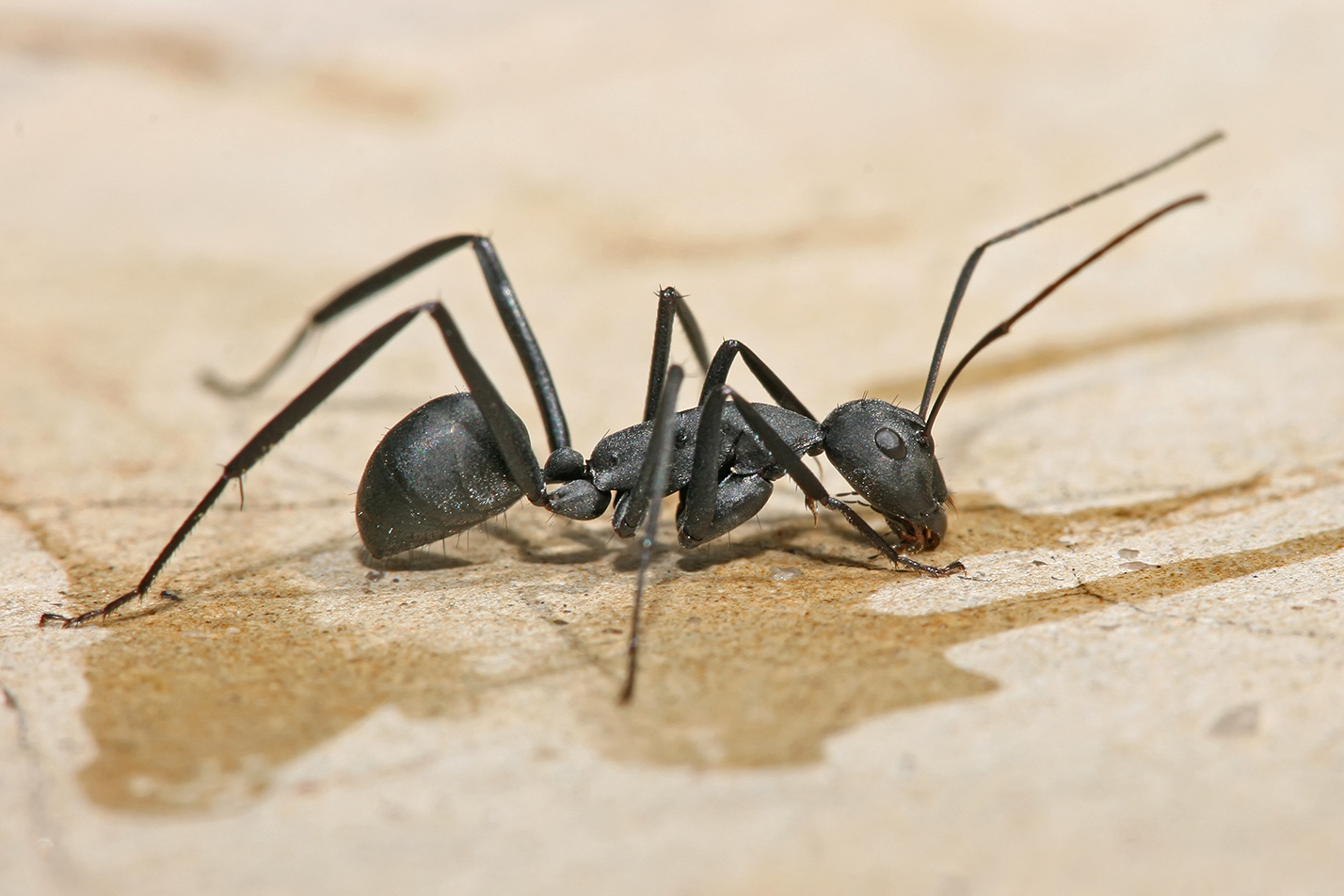
Carpenter ants are the heavyweight champions of the ant world, measuring anywhere from 6 to 13 millimeters in length. These imposing insects are usually black or dark brown, with some species displaying reddish hues on their thorax and head regions. Unlike termites, carpenter ants don’t actually eat wood—they excavate it to create their nests. The telltale sign of carpenter ant activity is the presence of small piles of sawdust-like material called frass near wooden structures. These ants prefer moist, decaying wood but will also tunnel through sound timber if necessary. What’s particularly alarming about carpenter ants is their potential for structural damage. A mature colony can house up to 50,000 workers, and their extensive tunneling can weaken wooden beams, floor joists, and other critical structural elements. The clicking sounds you might hear in your walls at night could actually be carpenter ants communicating through vibrations.
Fire Ants: The Aggressive Defenders with a Painful Bite
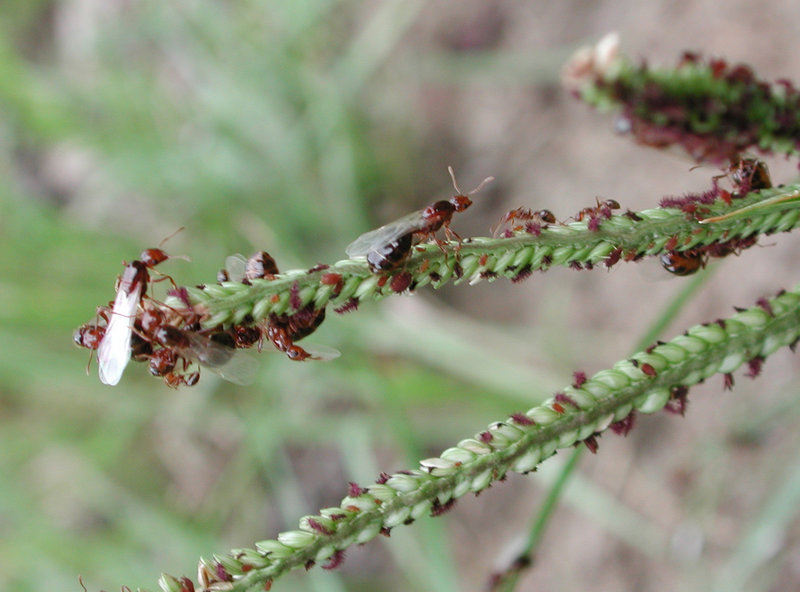
Fire ants are arguably the most feared ant species in many regions, and for good reason. These reddish-brown insects measure 2-6 millimeters in length and possess a reputation for their aggressive behavior and painful stings that can cause serious allergic reactions in sensitive individuals. Originally from South America, fire ants have become a significant problem in warmer climates worldwide. Their mounds can appear seemingly overnight in your yard, and disturbing one can result in hundreds of angry workers swarming out to defend their territory. The sting feels like a burning sensation, followed by the formation of a white pustule that can last for days. Fire ants are incredibly adaptable and can establish colonies in various environments, from sandy soil to electrical equipment. Their ability to form living rafts during floods and their omnivorous diet make them particularly challenging to control once they’ve established themselves in an area.
Pavement Ants: The Crack Specialists
Pavement ants are small, dark brown to black insects measuring about 2.5-3 millimeters in length. As their name suggests, these ants have a particular affinity for nesting in cracks in pavement, sidewalks, and building foundations. These ants are easily recognizable by the small sand piles they create around cracks in concrete surfaces. They’re particularly active during spring and summer months, often engaging in dramatic territorial wars with neighboring colonies right on your driveway or sidewalk. Pavement ants are omnivorous scavengers that will eat almost anything, from crumbs and grease to dead insects and pet food. Their adaptability and tendency to establish multiple satellite colonies make them persistent invaders that can quickly spread throughout a property.
Pharaoh Ants: The Tiny Yellow Menace
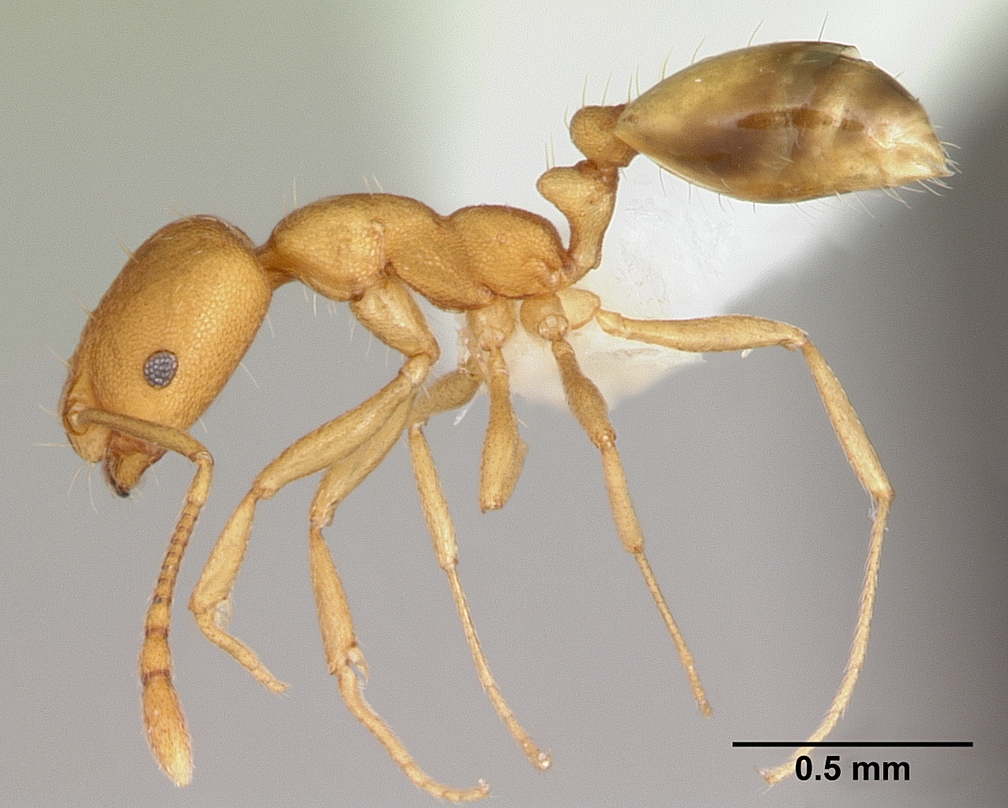
Pharaoh ants are among the smallest home invaders, measuring just 1.5-2 millimeters in length. These tiny yellow to light brown ants might seem insignificant, but they’re actually one of the most problematic species for homeowners and businesses alike. What makes pharaoh ants particularly troublesome is their ability to establish multiple colonies through a process called budding. When threatened, the colony splits into several smaller groups, making traditional ant control methods often counterproductive. They’re also known for their ability to transmit bacteria and pathogens, making them a health concern in hospitals and food preparation areas. These ants prefer warm, humid environments and are commonly found near water sources like bathrooms, kitchens, and heating systems. Their translucent appearance and erratic movement patterns distinguish them from other small ant species.
Acrobat Ants: The Gymnasts of the Ant World
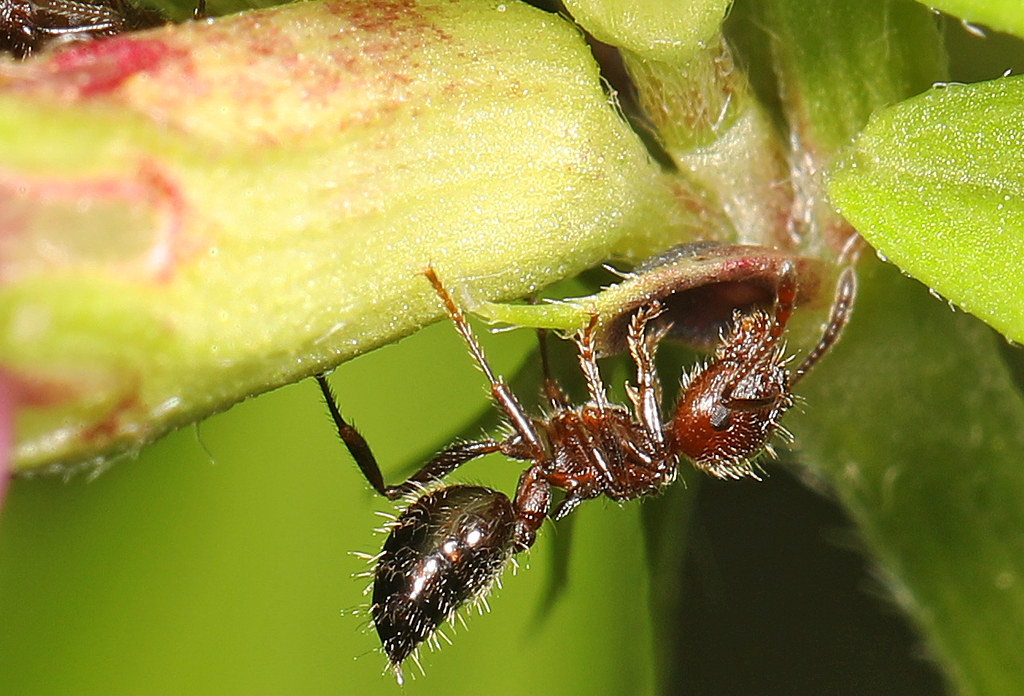
Acrobat ants get their name from their distinctive defensive behavior—when threatened, they raise their heart-shaped abdomen over their head like a gymnast performing a routine. These ants typically measure 2.5-3 millimeters in length and can range in color from light brown to black. These ants are particularly attracted to moist environments and often nest in foam insulation, which they can damage by creating extensive galleries. They’re also known for their ability to squeeze through incredibly small spaces, making them difficult to exclude from buildings. Acrobat ants are omnivorous but show a particular preference for sweets and proteins. They’re often found following moisture sources, making bathrooms, kitchens, and basements prime locations for encounters with these acrobatic invaders.
Little Black Ants: The Underestimated Invaders
Don’t let their name fool you—little black ants might be small, but they’re mighty when it comes to home invasion. Measuring just 1.5-2 millimeters in length, these jet-black insects are often overlooked until they’ve established a significant presence in your home. Little black ants are incredibly social and can form supercolonies with multiple queens, making them particularly resilient to control efforts. They’re attracted to both sweet and greasy foods, which means no area of your kitchen is safe from their exploration. These ants are most active during the warmer months and prefer to nest in dark, protected areas like wall voids, under rocks, or in rotting wood. Their small size allows them to exploit even the tiniest entry points, making prevention particularly challenging.
Odorous House Ants: The Stinky Invaders
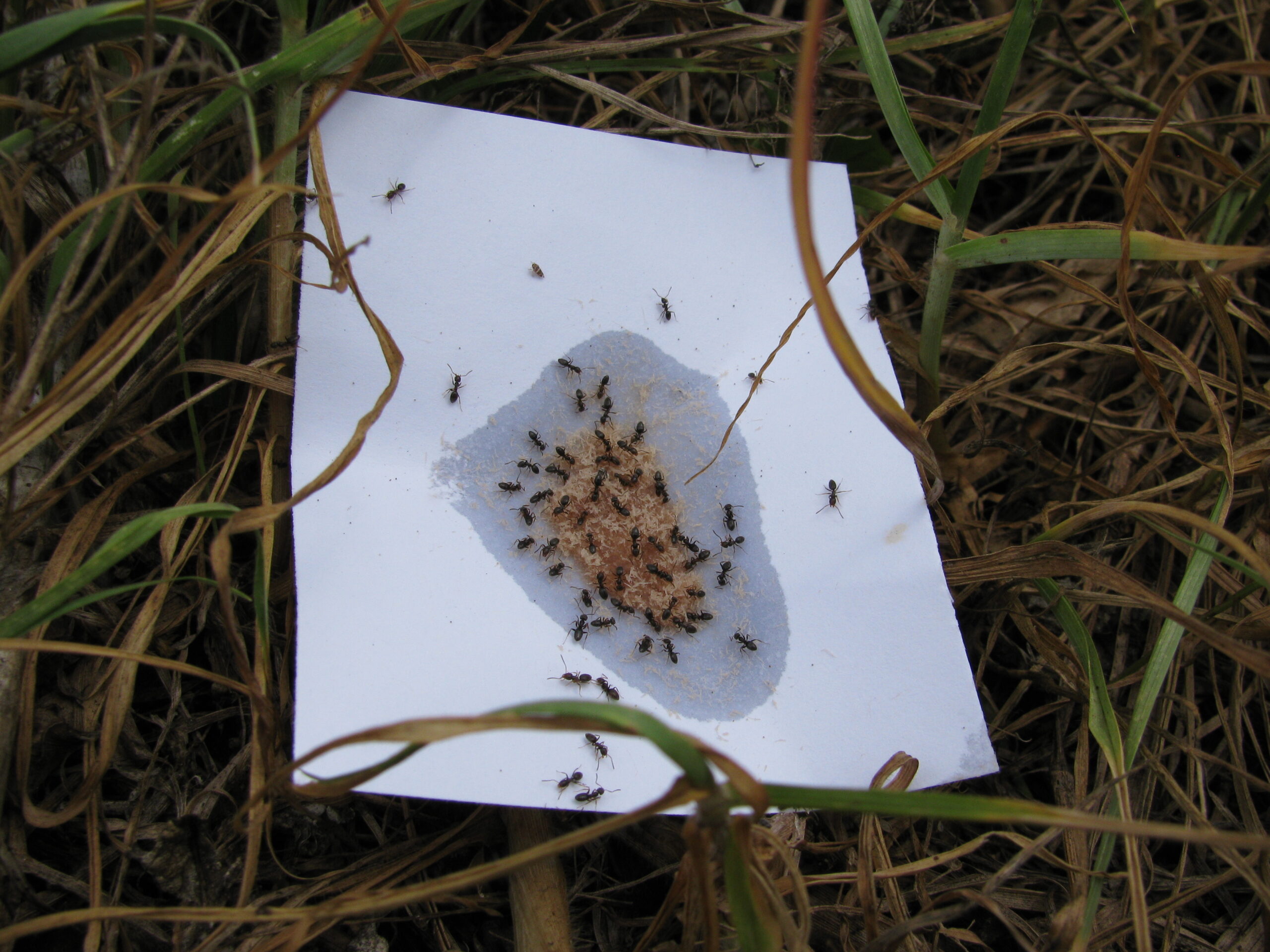
Odorous house ants earn their name from the distinct, rotten coconut-like smell they emit when crushed. These small, dark brown to black ants measure about 2.4-3.25 millimeters in length and are among the most common household invaders in many regions. What makes odorous house ants particularly problematic is their ability to quickly relocate their colonies when disturbed. They can establish temporary nests in a variety of locations, from potted plants to wall cavities, making them unpredictable and challenging to eliminate completely. These ants are attracted to moisture and sweet foods, but they’re also opportunistic feeders that will consume dead insects, pet food, and even soap. Their colonies can contain thousands of workers and multiple queens, contributing to their persistence and rapid population growth.
Thief Ants: The Sneaky Infiltrators
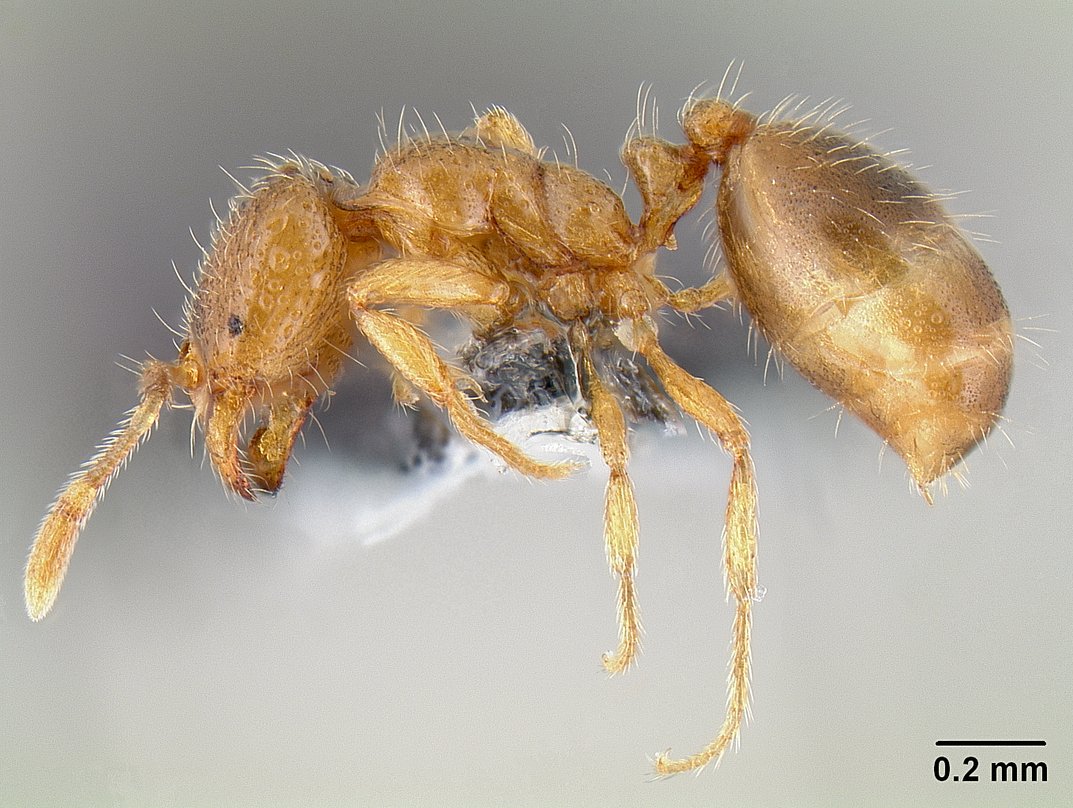
Thief ants are among the smallest ant species you’ll encounter, measuring just 1.5-2.5 millimeters in length. These tiny, pale yellow to brown ants get their name from their behavior of stealing larvae and pupae from other ant colonies to feed their own young. Due to their microscopic size, thief ants can infiltrate even the most tightly sealed containers and packaging. They’re particularly attracted to high-protein foods like cheese, meat, and nuts, but they’ll also consume sweets and grease when available. Thief ants often go unnoticed until their populations explode, as they’re excellent at hiding in small cracks and crevices. Their colonies are typically small compared to other species, but their ability to exploit tiny food sources makes them persistent household pests.
Argentine Ants: The Cooperative Invaders
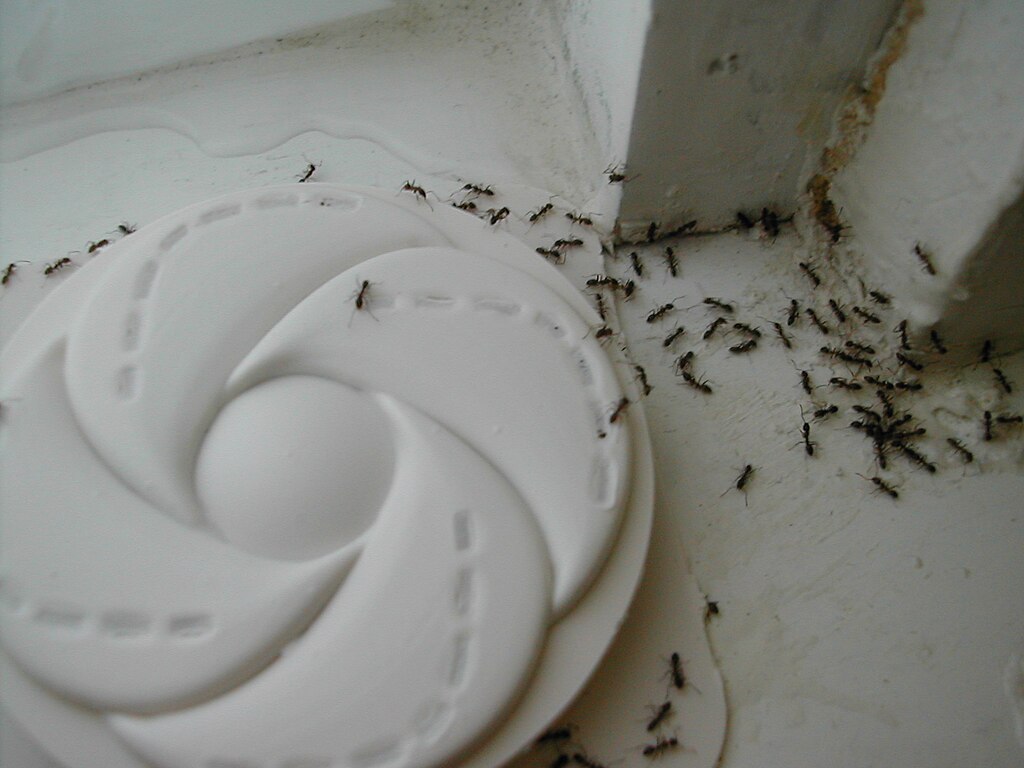
Argentine ants are medium-sized insects measuring 2.2-2.8 millimeters in length, with a distinctive light to dark brown coloration. What sets these ants apart is their remarkable ability to form massive supercolonies that can span hundreds of miles. Unlike most ant species, Argentine ants from different colonies don’t fight each other—instead, they cooperate, creating incredibly efficient networks for food collection and territory expansion. This cooperative behavior makes them particularly successful invaders that can quickly dominate local ecosystems. Argentine ants are highly attracted to moisture and are often found trailing toward water sources during dry periods. They prefer sweet foods but are omnivorous and will adapt their diet based on available resources. Their flexible nesting habits allow them to quickly establish new colonies in disturbed areas.
Crazy Ants: The Erratic Wanderers
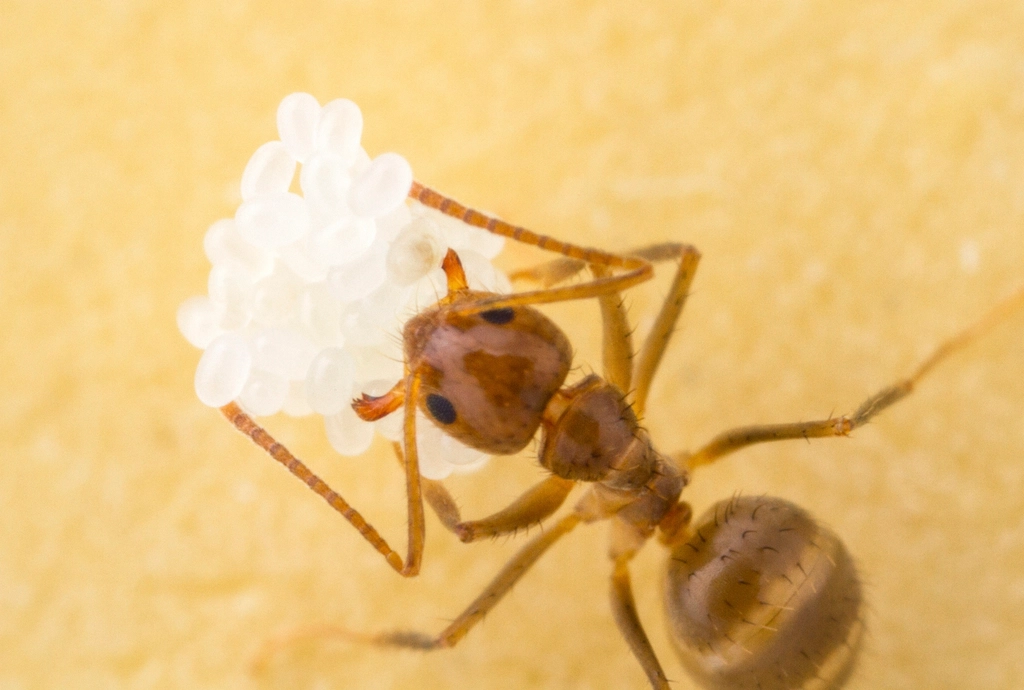
Crazy ants get their name from their erratic, seemingly random movement patterns that distinguish them from the organized trails of other ant species. These small, dark brown to black ants measure about 2.3-3 millimeters in length and have long legs that contribute to their distinctive gait. What makes crazy ants particularly frustrating for homeowners is their unpredictable behavior and massive colony sizes. They don’t follow traditional foraging patterns, instead spreading out in all directions to search for food sources. This makes them difficult to track and control using conventional methods. Crazy ants are attracted to electrical equipment and can cause significant damage to electronics, appliances, and electrical systems. Their ability to form living bridges and their persistence in exploring new areas makes them particularly challenging invaders to eliminate completely.
Cornfield Ants: The Moisture Seekers
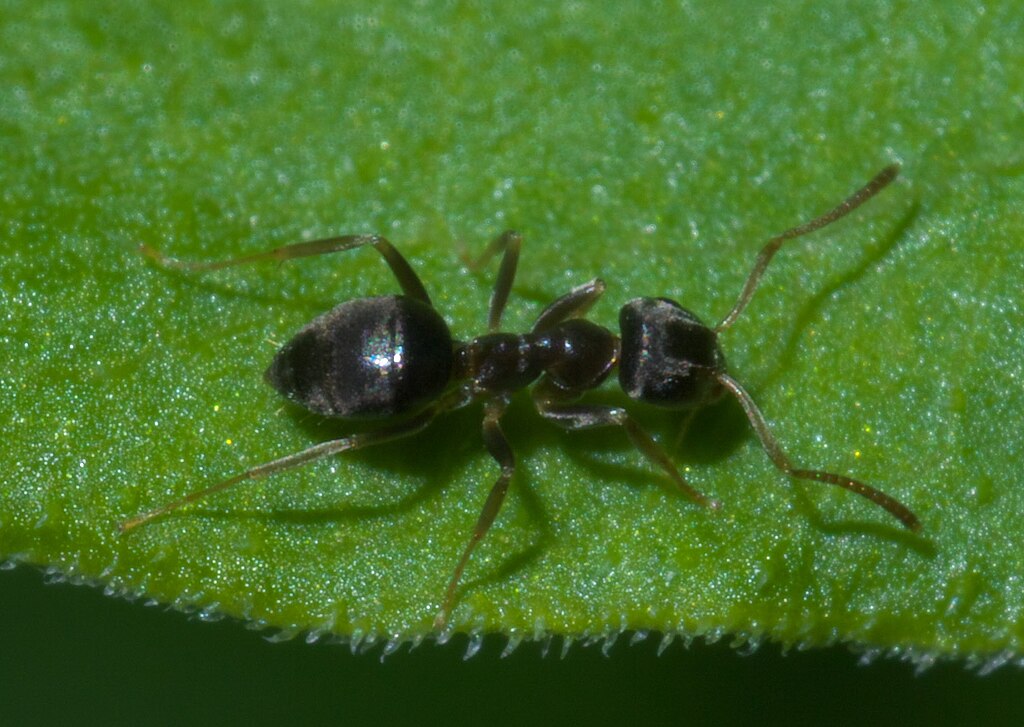
Cornfield ants are small, light brown to yellow insects measuring 2-3 millimeters in length. Despite their agricultural name, these ants are commonly found in residential areas, particularly in lawns and gardens where they tend to aphids and other honeydew-producing insects. These ants are particularly attracted to moisture and are often found in bathrooms, basements, and around leaky pipes. They’re also known for their mutualistic relationship with aphids, which they “farm” for honeydew, creating additional problems for gardeners and landscapers. Cornfield ants typically nest in soil and can create extensive underground networks. While they’re not typically aggressive, they can become problematic when their colonies grow large enough to cause structural damage to lawns and garden areas.
Identifying Your Ant Problem: Key Characteristics to Look For
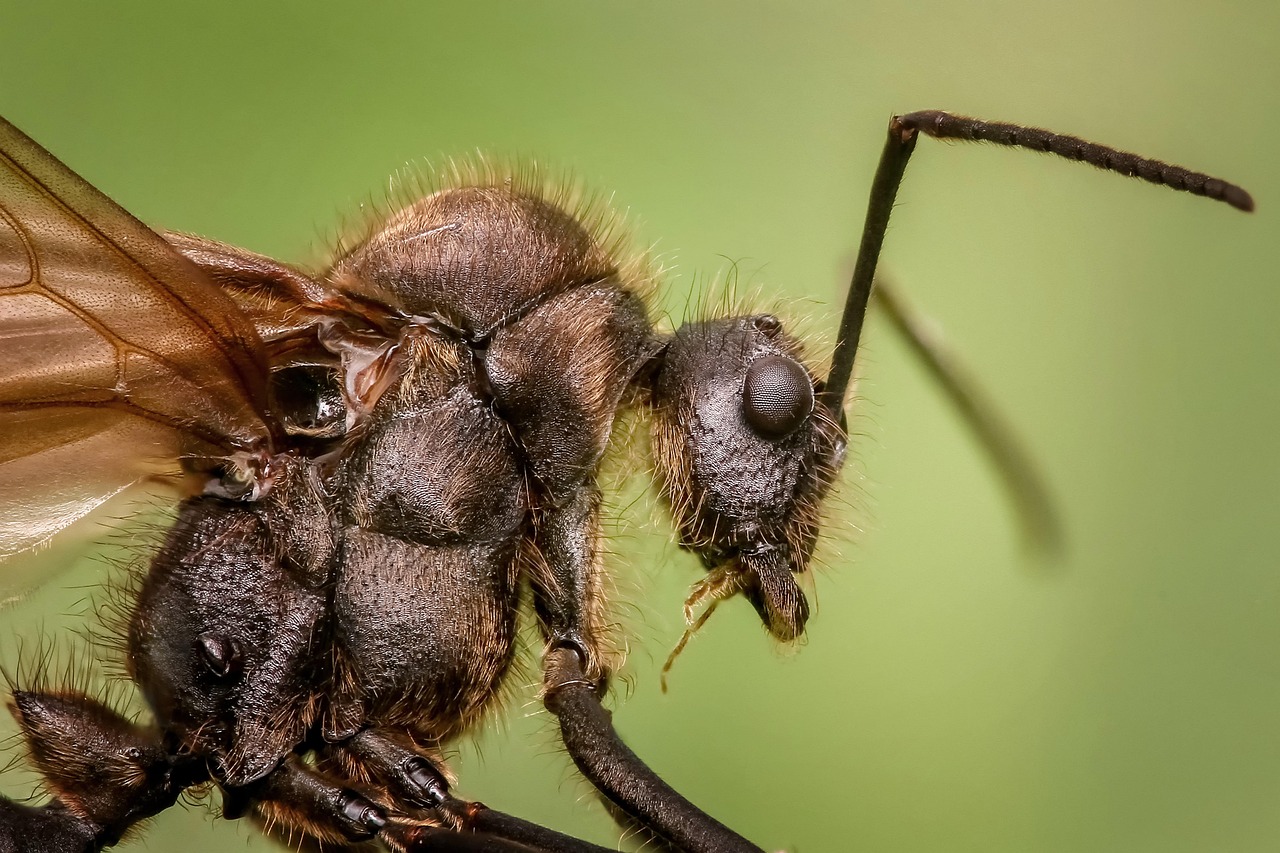
Successfully identifying your ant invaders requires careful observation of several key characteristics. Size is often the first clue—measuring the ants you encounter can immediately narrow down the possibilities. Color patterns, body shape, and the presence of distinctive features like heart-shaped abdomens or unusually long legs can provide additional identification clues. Behavior patterns are equally important in ant identification. Some species move in organized trails, while others scatter randomly. The time of day when ants are most active, their food preferences, and their nesting locations all provide valuable identification information. Don’t forget to consider the season and your geographic location when identifying ants. Many species have specific activity periods and regional distributions that can help narrow down the possibilities. Taking photos of the ants and their behavior can also be helpful for professional identification if needed.
The Battle Plan: Understanding Your Enemy
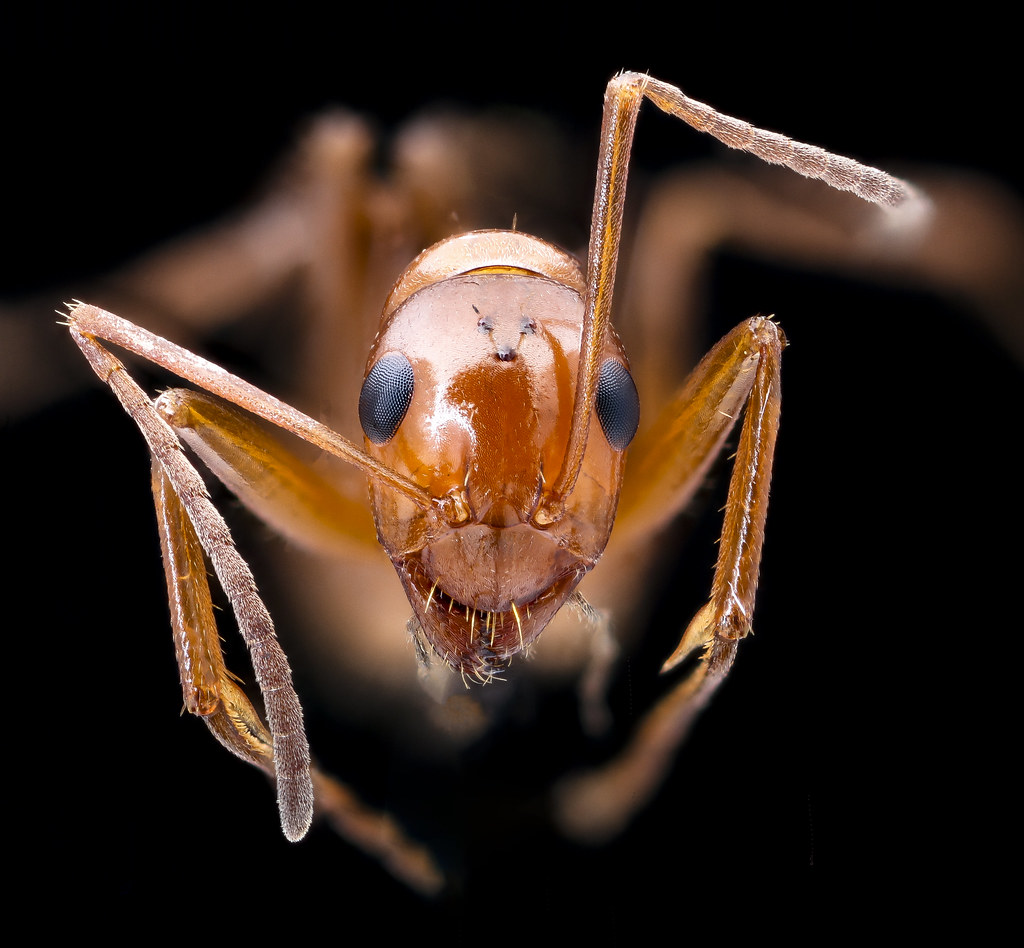
Knowledge truly is power when it comes to ant control. Different species require different approaches, and what works for sugar ants might actually make a pharaoh ant problem worse. Understanding the specific species you’re dealing with allows you to target their weaknesses and disrupt their life cycles more effectively. Some species respond well to bait stations, while others require habitat modification or professional intervention. Carpenter ants, for example, need moisture control and structural repairs, while fire ants might require specialized treatments designed for their aggressive colonies. The key to successful ant control lies in patience, persistence, and species-specific strategies. Remember that ant colonies are complex social organizations that have evolved over millions of years—outsmarting them requires understanding their behavior, not just their appearance.
Conclusion
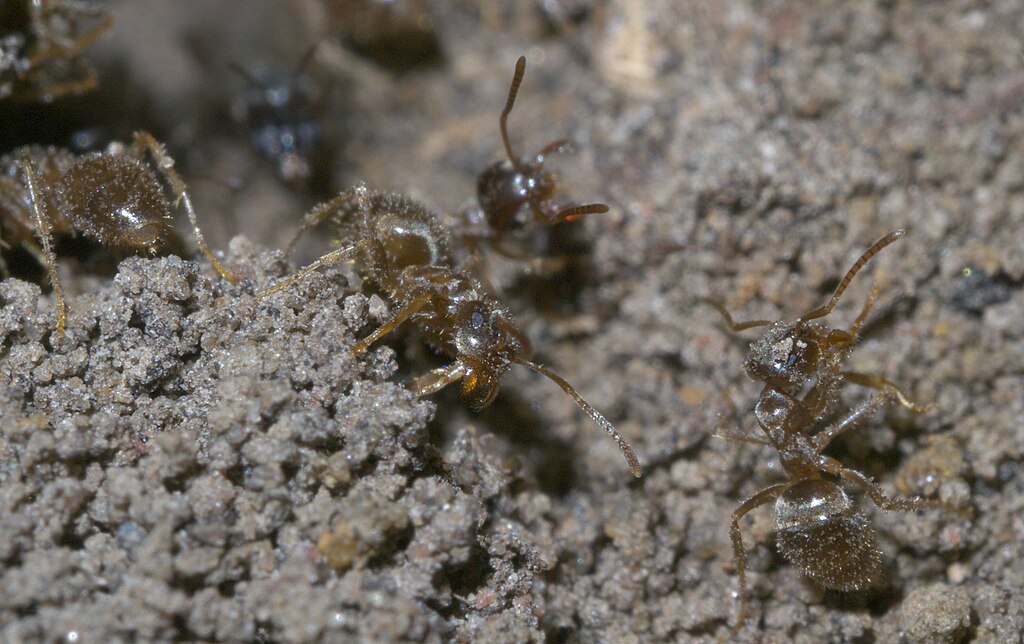
The next time you spot those tiny invaders marching across your countertop, take a moment to really observe them. Are they moving in straight lines or wandering erratically? What size are they, and what colors do you notice? These small details can make all the difference between a quick resolution and a prolonged battle. After all, in the world of ant control, your greatest weapon isn’t just the spray bottle—it’s knowing exactly what you’re up against.

